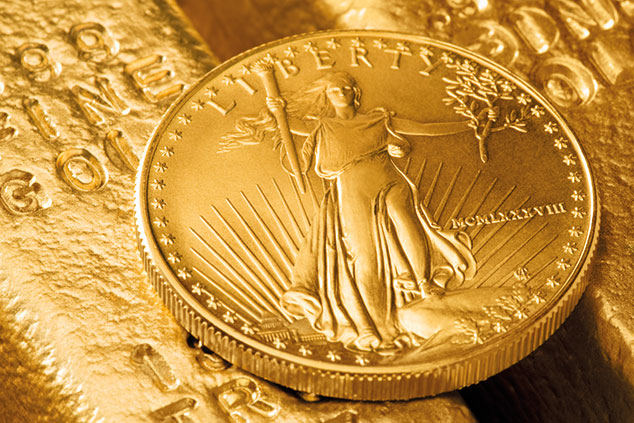
The US federal budget deficit now looks set to top $1trn for the second year in a row, reports Kate Davidson in The Wall Street Journal. Yet low Treasury yields suggest that markets are “unfazed by all the red ink”.
That is due to ultra-easy central bank money. The US Federal Reserve has made it clear it will prop up markets with cheaper money, while the European Central Bank is being urged to buy stocks with printed money (see column).
Yet a “return to fiscal and monetary stimulus” is unnecessary at a time when asset prices are at record highs and unemployment at “multi-decade lows”, say Danny Yong and Nikhil Srinivasan, also in The Wall Street Journal. US president Richard Nixon’s abandonment of the gold standard in 1971 means that global central banks have only their own restraint to separate them from the printing presses. The Fed’s decision to buckle in the face of political pressure undermines faith in the world’s fiat-currency system. In the long term there is the risk that all this profligacy sees investors “lose confidence in the US dollar as a store of wealth”.
Hoard your wealth
Debased currencies and overheating bond markets have sparked renewed interest in a tried and tested means of hoarding wealth. Gold is up more than 15% this year in sterling terms and 10% in dollar terms. Gold is usually priced in dollars, so a weaker greenback means a higher gold price. Gold is “the anti-dollar”, says Andrew Bary for Barron’s. That is a particularly useful characteristic because the current occupant of the White House is intent on driving the value of the currency down to help exporters.
And with $13trn of government bonds carrying negative interest rates worldwide, the old argument that gold doesn’t pay you an income is less compelling than it used to be.
Hedge-fund manager Ray Dalio said last month that gold is likely to prove “both risk-reducing and return-enhancing”. Gold does best at times when “the value of money is being depreciated and domestic and international conflicts are significant”.
Hold 5%-10% of your portfolio in gold. You can track the price with the ETFS Physical Gold (LSE: PHAU) exchange-traded fund.